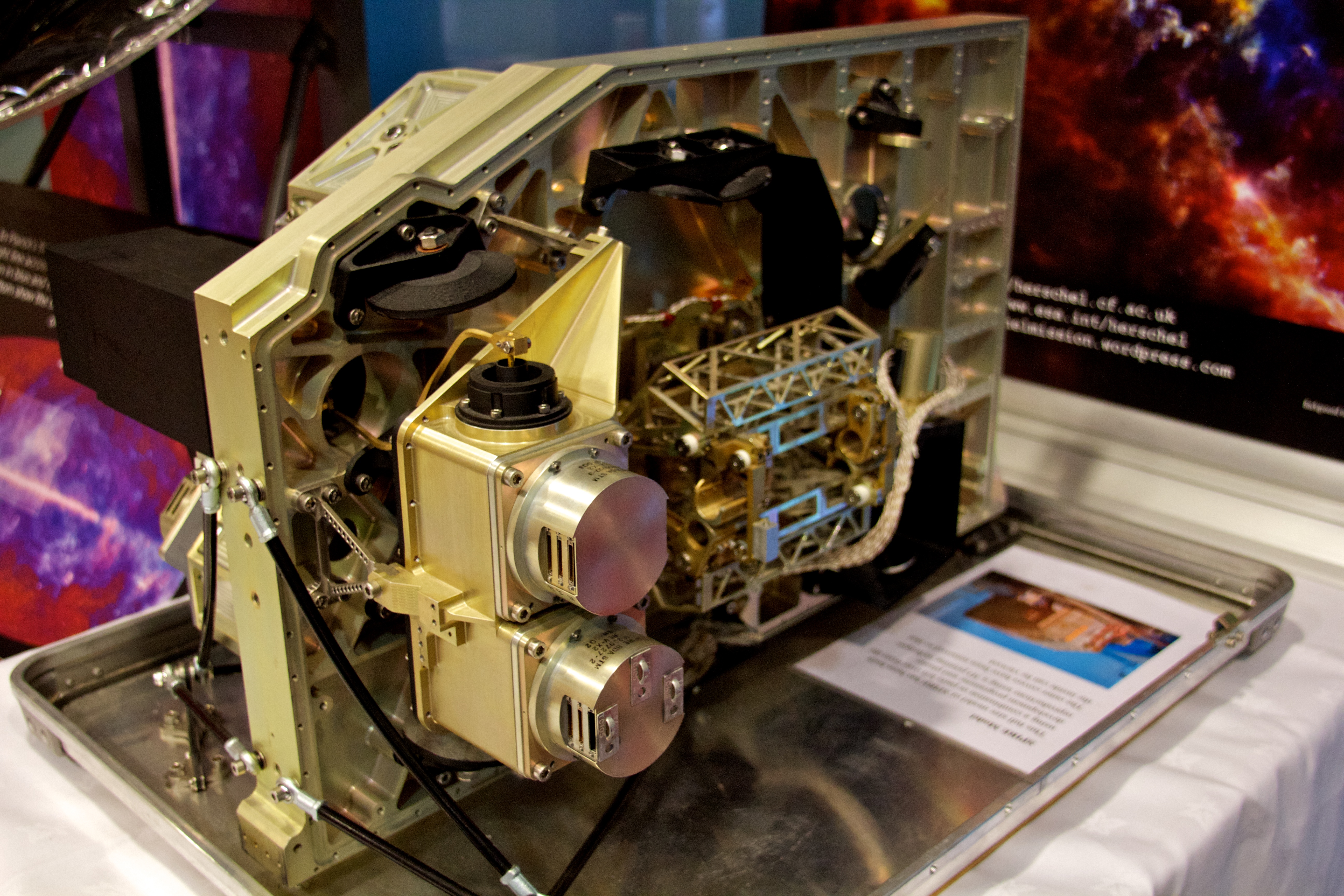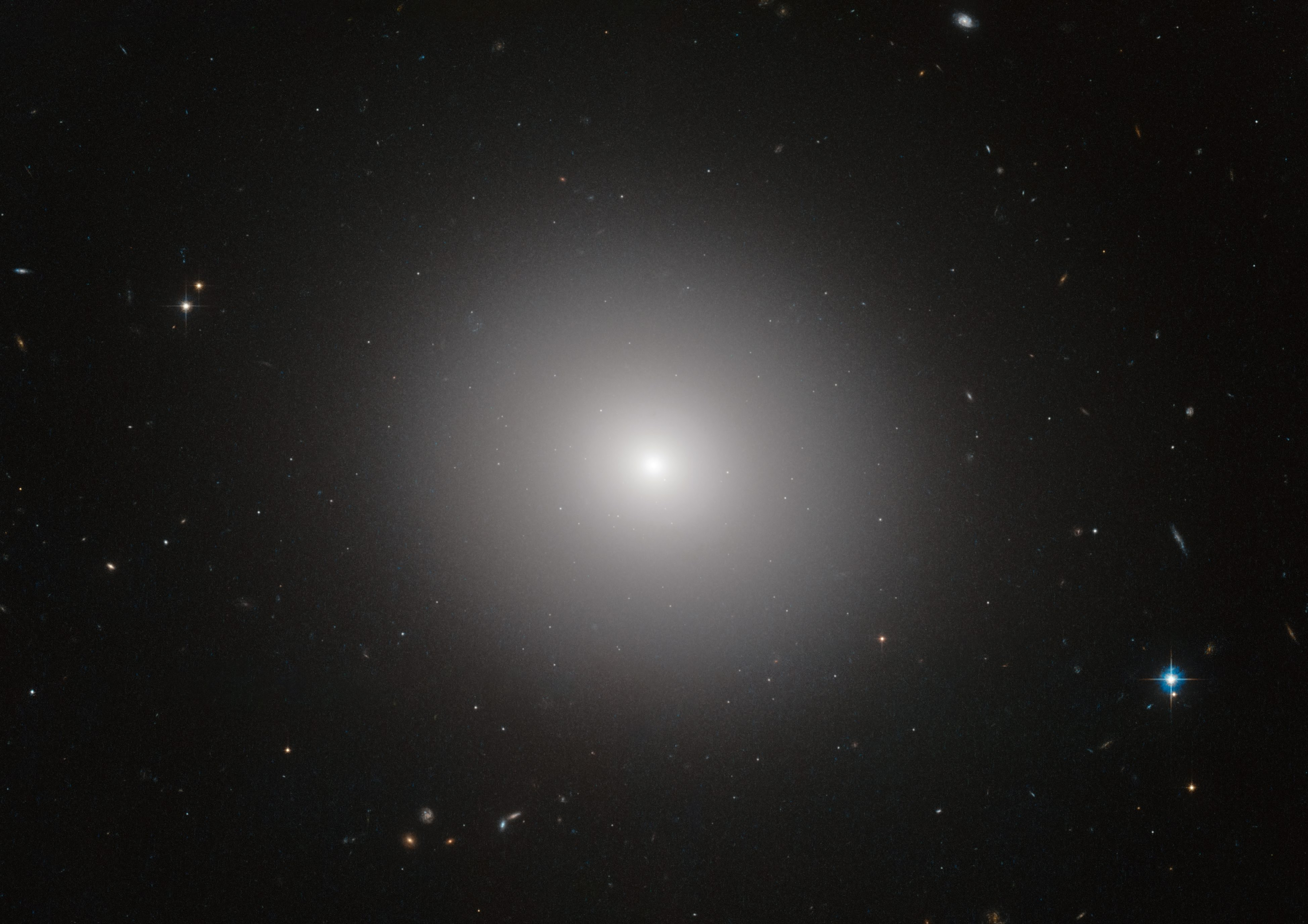|
Star Formation
Star formation is the process by which dense regions within molecular clouds in interstellar space—sometimes referred to as "stellar nurseries" or "star-forming regions"—Jeans instability, collapse and form stars. As a branch of astronomy, star formation includes the study of the interstellar medium (ISM) and giant molecular clouds (GMC) as precursors to the star formation process, and the study of protostars and young stellar objects as its immediate products. It is closely related to planet formation, another branch of astronomy. Star formation theory, as well as accounting for the formation of a single star, must also account for the statistics of binary stars and the initial mass function. Most stars do not form in isolation but as part of a group of stars referred as star clusters or stellar associations. First stars Star formation is divided into three groups called "Populations". Population III stars formed from primordial hydrogen after the Big Bang. These stars are ... [...More Info...] [...Related Items...] OR: [Wikipedia] [Google] [Baidu] |
Metal-rich
In astronomy, metallicity is the Abundance of the chemical elements, abundance of Chemical element, elements present in an object that are heavier than hydrogen and helium. Most of the normal currently detectable (i.e. non-Dark matter, dark) matter in the universe is either hydrogen or helium, and astronomers use the word ''metals'' as convenient shorthand for ''all elements except hydrogen and helium''. This word-use is distinct from the conventional chemical or physical definition of a metal as an electrically conducting element. Stars and nebulae with relatively high abundances of heavier elements are called ''metal-rich'' when discussing metallicity, even though many of those elements are called ''Nonmetal (chemistry), nonmetals'' in chemistry. Metals in early spectroscopy In 1802, William Hyde WollastonMelvyn C. UsselmanWilliam Hyde WollastonEncyclopædia Britannica, retrieved 31 March 2013 noted the appearance of a number of dark features in the solar spectrum. In 1814, Jo ... [...More Info...] [...Related Items...] OR: [Wikipedia] [Google] [Baidu] |
Solar Mass
The solar mass () is a frequently used unit of mass in astronomy, equal to approximately . It is approximately equal to the mass of the Sun. It is often used to indicate the masses of other stars, as well as stellar clusters, nebulae, galaxies and black holes. More precisely, the mass of the Sun is The solar mass is about times the mass of Earth (), or times the mass of Jupiter (). History of measurement The value of the gravitational constant was first derived from measurements that were made by Henry Cavendish in 1798 with a torsion balance. The value he obtained differs by only 1% from the modern value, but was not as precise. The diurnal parallax of the Sun was accurately measured during the transits of Venus in 1761 and 1769, yielding a value of (9 arcseconds, compared to the present value of ). From the value of the diurnal parallax, one can determine the distance to the Sun from the geometry of Earth. The first known estimate of the solar mass was by ... [...More Info...] [...Related Items...] OR: [Wikipedia] [Google] [Baidu] |
Herschel Space Observatory
The Herschel Space Observatory was a space observatory built and operated by the European Space Agency (ESA). It was active from 2009 to 2013, and was the largest infrared telescope ever launched until the launch of the James Webb Space Telescope in 2021. Herschel carries a mirror and instruments sensitive to the Infrared, far infrared and Submillimetre astronomy, submillimetre wavebands (55–672 μm). Herschel was the fourth and final cornerstone mission in the List of European Space Agency programs and missions#Horizon 2000, Horizon 2000 programme, following ''Solar and Heliospheric Observatory, SOHO''/''Cluster II (spacecraft), Cluster II'', ''XMM-Newton'' and ''Rosetta (spacecraft), Rosetta''. The observatory was carried into orbit by an Ariane 5 in May 2009, reaching the Lagrangian point, second Lagrangian point (L2) of the List of objects at Lagrangian points, Earth–Sun system, from Earth, about two months later. Herschel is named after William Herschel, Sir Will ... [...More Info...] [...Related Items...] OR: [Wikipedia] [Google] [Baidu] |
Eagle Nebula Pillars
Eagle is the common name for the golden eagle, bald eagle, and other birds of prey in the family of the Accipitridae. Eagles belong to several groups of Genus, genera, some of which are closely related. True eagles comprise the genus ''Aquila (bird), Aquila''. Most of the 68 species of eagles are from Eurasia and Africa. Outside this area, just 14 species can be found—two in North America, nine in Central and South America, and three in Australia. Eagles are not a natural group but denote essentially any kind of bird of prey large enough to hunt sizeable (about 50 cm long or more overall) vertebrates. Etymology The word "eagle" is borrowed into English from and , both derived ultimately from ("eagle"). It is cognate with terms such as , and . It is broadly synonymous with the less common English term "erne" or "earn", deriving from , from , in which it acts as the usual word for the bird. The Old English term is turn derived from and is cognate with other synonymous ... [...More Info...] [...Related Items...] OR: [Wikipedia] [Google] [Baidu] |
Elliptical Galaxy
An elliptical galaxy is a type of galaxy with an approximately ellipsoidal shape and a smooth, nearly featureless image. They are one of the three main galaxy morphological classification, classes of galaxy described by Edwin Hubble in his Hubble sequence#Physical significance, Hubble sequence and 1936 work ''The Realm of the Nebulae'', with their intermediate scale disks, a subset of the "early-type" galaxy population. Most elliptical galaxies are composed of older, stellar evolution#Low-mass stars, low-mass stars, with a sparse interstellar medium, and they tend to be surrounded by large numbers of globular clusters. Star formation activity in elliptical galaxies is typically minimal; they may, however, undergo brief periods of star formation when merging with other galaxies. Elliptical galaxies are believed to make up approximately 10–15% of galaxies in the Virgo Supercluster, and they are not the dominant type of galaxy in the universe overall. They are preferentially fou ... [...More Info...] [...Related Items...] OR: [Wikipedia] [Google] [Baidu] |
Diffuse Nebulae
A nebula (; or nebulas) is a distinct luminescent part of interstellar medium, which can consist of ionized, neutral, or molecular hydrogen and also cosmic dust. Nebulae are often star-forming regions, such as in the Pillars of Creation in the Eagle Nebula. In these regions, the formations of gas, dust, and other materials "clump" together to form denser regions, which attract further matter and eventually become dense enough to form stars. The remaining material is then thought to form planets and other planetary system objects. Most nebulae are of vast size; some are hundreds of light-years in diameter. A nebula that is visible to the human eye from Earth would appear larger, but no brighter, from close by. The Orion Nebula, the brightest nebula in the sky and occupying an area twice the angular diameter of the full Moon, can be viewed with the naked eye but was missed by early astronomers. Although denser than the space surrounding them, most nebulae are far less dense th ... [...More Info...] [...Related Items...] OR: [Wikipedia] [Google] [Baidu] |
Main Sequence
In astronomy, the main sequence is a classification of stars which appear on plots of stellar color index, color versus absolute magnitude, brightness as a continuous and distinctive band. Stars on this band are known as main-sequence stars or dwarf stars, and positions of stars on and off the band are believed to indicate their physical properties, as well as their progress through several types of star life-cycles. These are the most numerous true stars in the universe and include the Sun. Color-magnitude plots are known as Hertzsprung–Russell diagrams after Ejnar Hertzsprung and Henry Norris Russell. After condensation and ignition of a star, it generates thermal energy in its dense stellar core, core region through nuclear fusion of hydrogen into helium. During this stage of the star's lifetime, it is located on the main sequence at a position determined primarily by its mass but also based on its chemical composition and age. The cores of main-sequence stars are in hydros ... [...More Info...] [...Related Items...] OR: [Wikipedia] [Google] [Baidu] |
Stellar Nucleosynthesis
In astrophysics, stellar nucleosynthesis is the creation of chemical elements by nuclear fusion reactions within stars. Stellar nucleosynthesis has occurred since the original creation of hydrogen, helium and lithium during the Big Bang. As a predictive theory, it yields accurate estimates of the observed abundances of the elements. It explains why the observed abundances of elements change over time and why some elements and their isotopes are much more abundant than others. The theory was initially proposed by Fred Hoyle in 1946, who later refined it in 1954. Further advances were made, especially to nucleosynthesis by neutron capture of the elements heavier than iron, by Margaret and Geoffrey Burbidge, William Alfred Fowler and Fred Hoyle in their famous 1957 B2FH paper, which became one of the most heavily cited papers in astrophysics history. Stars evolve because of changes in their composition (the abundance of their constituent elements) over their lifespans, f ... [...More Info...] [...Related Items...] OR: [Wikipedia] [Google] [Baidu] |
Metallicity
In astronomy, metallicity is the Abundance of the chemical elements, abundance of Chemical element, elements present in an object that are heavier than hydrogen and helium. Most of the normal currently detectable (i.e. non-Dark matter, dark) matter in the universe is either hydrogen or helium, and astronomers use the word ''metals'' as convenient shorthand for ''all elements except hydrogen and helium''. This word-use is distinct from the conventional chemical or physical definition of a metal as an electrically conducting element. Stars and nebulae with relatively high abundances of heavier elements are called ''metal-rich'' when discussing metallicity, even though many of those elements are called ''Nonmetal (chemistry), nonmetals'' in chemistry. Metals in early spectroscopy In 1802, William Hyde WollastonMelvyn C. UsselmanWilliam Hyde WollastonEncyclopædia Britannica, retrieved 31 March 2013 noted the appearance of a number of dark features in the solar spectrum. In 1814, Jo ... [...More Info...] [...Related Items...] OR: [Wikipedia] [Google] [Baidu] |
Helium
Helium (from ) is a chemical element; it has chemical symbol, symbol He and atomic number 2. It is a colorless, odorless, non-toxic, inert gas, inert, monatomic gas and the first in the noble gas group in the periodic table. Its boiling point is the lowest among all the Chemical element, elements, and it does not have a melting point at standard pressures. It is the second-lightest and second-most Abundance of the chemical elements, abundant element in the observable universe, after hydrogen. It is present at about 24% of the total elemental mass, which is more than 12 times the mass of all the heavier elements combined. Its abundance is similar to this in both the Sun and Jupiter, because of the very high nuclear binding energy (per nucleon) of helium-4 with respect to the next three elements after helium. This helium-4 binding energy also accounts for why it is a product of both nuclear fusion and radioactive decay. The most common isotope of helium in the universe is helium-4, ... [...More Info...] [...Related Items...] OR: [Wikipedia] [Google] [Baidu] |
Hydrogen
Hydrogen is a chemical element; it has chemical symbol, symbol H and atomic number 1. It is the lightest and abundance of the chemical elements, most abundant chemical element in the universe, constituting about 75% of all baryon, normal matter. Under standard conditions, hydrogen is a gas of diatomic molecules with the chemical formula, formula , called dihydrogen, or sometimes hydrogen gas, molecular hydrogen, or simply hydrogen. Dihydrogen is colorless, odorless, non-toxic, and highly combustible. Stars, including the Sun, mainly consist of hydrogen in a plasma state, while on Earth, hydrogen is found as the gas (dihydrogen) and in molecular forms, such as in water and organic compounds. The most common isotope of hydrogen (H) consists of one proton, one electron, and no neutrons. Hydrogen gas was first produced artificially in the 17th century by the reaction of acids with metals. Henry Cavendish, in 1766–1781, identified hydrogen gas as a distinct substance and discovere ... [...More Info...] [...Related Items...] OR: [Wikipedia] [Google] [Baidu] |









